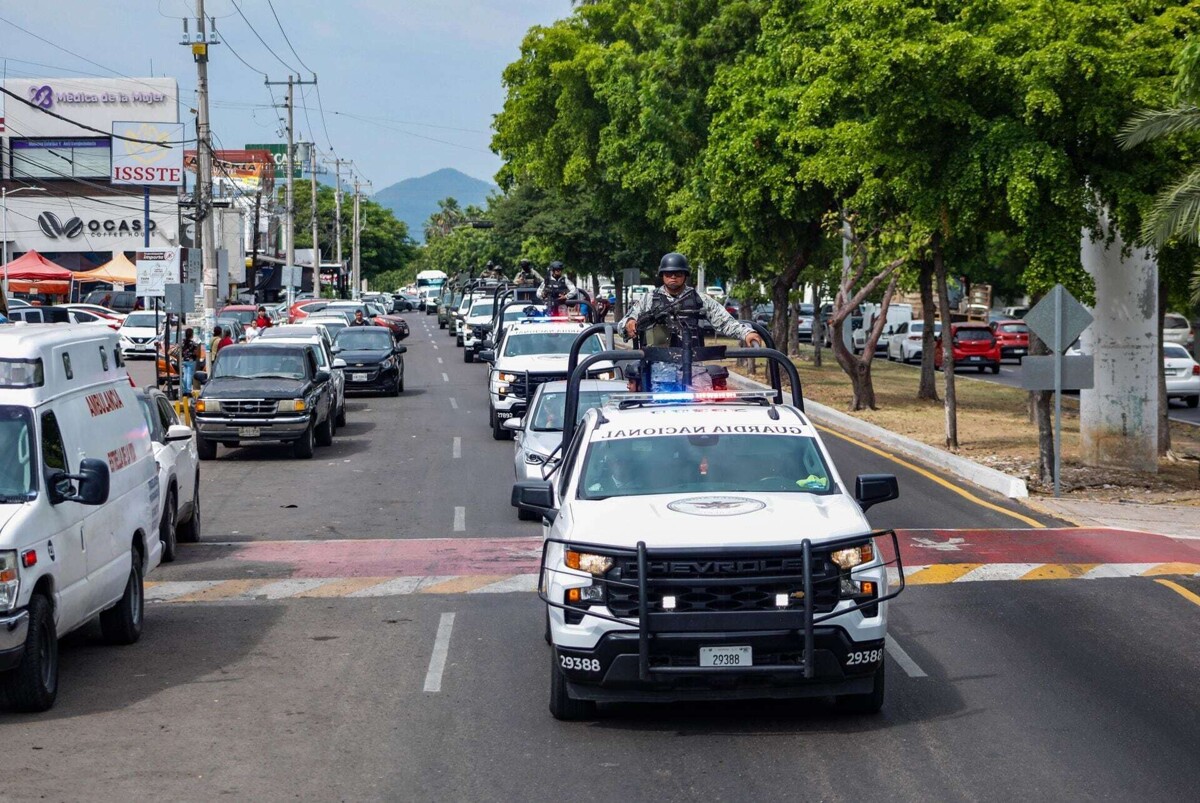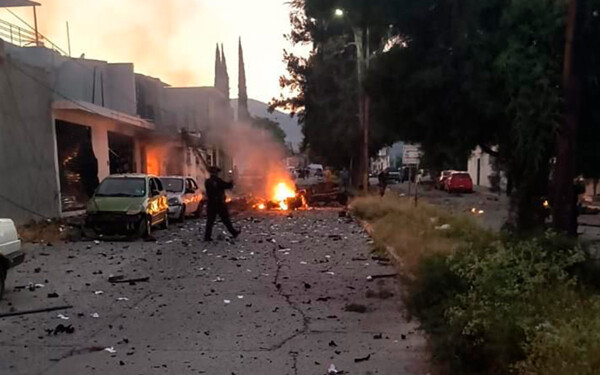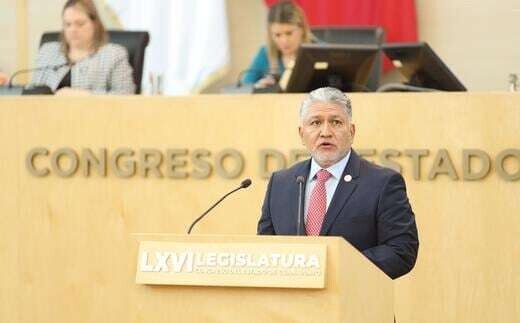
All states can face crises of insecurity and drug trafficking, and the way they address and communicate actions to minimize these situations can play a crucial role in their public perception. Guanajuato, often mentioned as one of the most violent states in Mexico, ranked fifth in mentions during October with 95,134, showing a change in the usual trend.
In contrast, Guerrero experienced a significant increase in negative attention due to the tragic assassination of the mayor of Chilpancingo, Alejandro Arcos, at the hands of a criminal group. In light of this situation, the federal government, through Omar García Harfuch, Secretary of Security and Citizen Protection, presented a strategy focused on combating crimes in six states with high violence rates: Guanajuato, Baja California, Chihuahua, Guerrero, Jalisco, and Sinaloa, responsible for 40% of intentional homicides in the country.
According to a study by Transmedia Comunicaciones, Sinaloa was the most mentioned state regarding security during October, followed by Guerrero and Chiapas, the latter experiencing a notable increase despite not being part of the priority entities. The way security actions and strategies are communicated is crucial to influencing public perception and mitigating negative conversation surrounding insecurity.
It is essential to recognize that effective communication can prevent a crisis from escalating, especially on sensitive issues like security. State governments must pay more attention to how they are perceived and communicate more effectively, as reputation and public opinion response can determine the magnitude of a crisis. Measuring sentiments and perceptions through digital platforms represents an important tool for understanding and managing communication around security.













